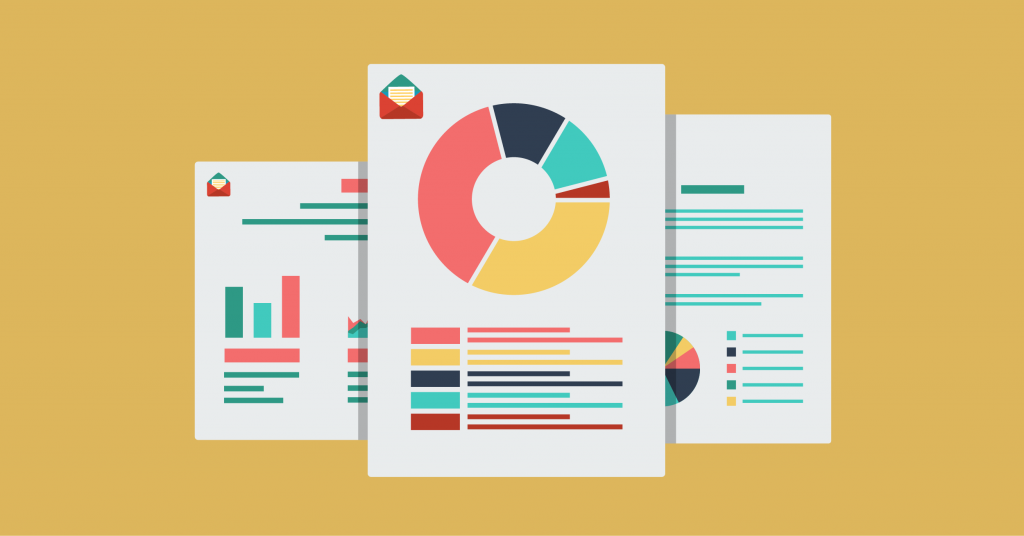
In an ideal world, every email sent would contribute value to a company, such as by attracting new subscribers or facilitating extra transactions, or by converting users into brand ambassadors. It’s a noble objective to make all emails successful, but if a company doesn’t use customer lifecycle email marketing, it may be difficult to achieve.
Let’s define customer lifecycle and lifecycle email marketing before going into detail on the types of emails marketers should send at each stage.
What is the customer lifecycle?
Before, during, and after a purchase, the customer lifecycle defines all of the stages of a consumer’s interactions with a brand. It begins the moment a person learns about a brand and, well, if marketers are doing their jobs well, it doesn’t actually end with a single transaction. Repeat customers are created via a healthy customer lifetime.
The marketing lifecycle is divided into stages, which are defined by marketers. However, in order to gain a general knowledge of the phrase, we’ll focus on the stages below:
Awareness: A prospect learns about your brand, but that’s about it for now. When consumers hear the brand’s name, they’ll most likely remember anything familiar.
Consideration: A prospect believes your brand is deserving of their attention. They’ve probably joined your email list or followed your social media accounts to learn more about your business and products.
Purchase: A purchase is made at this stage, and your potential consumer becomes a genuine one.
Retention: This is the period when a company should not abandon a customer simply because they have money. This phase is all about strengthening the customer’s relationship and making them feel valued and appreciated.
Advocacy: The retention stage went off without a hitch. The customer is now your biggest supporter and cheerleader. They will not only continue to buy from you, but they will also tell their family, coworkers, and friends about your company. If an unfavorable review appears, activists are there on the scene to defend the brand’s reputation.
What is lifecycle email marketing?
Email is one of the most effective marketing tools a business can employ to communicate with its clients. Customers should be followed by lifecycle email campaigns from the very beginning of the funnel to the very end.
Customers receive relevant emails at every stage of their journey with lifecycle email campaigns. Depending on the customer’s current stage and the individual product or service you offer, these emails might be automated or sent manually.
Automated lifecycle emails
For the convenience of both marketers and recipients, here is a list of lifecycle emails that should be automated:
- campaigns to welcome visitors;
- campaigns for new hires;
- special offers and coupons;
- transactional and order confirmation emails;
- emails about abandoned shopping carts;
- marketing aimed at re-engaging customers.
Manually sent lifecycle emails
The following types of emails should be sent manually since they are situational or personalized:
- promotions;
- surveys;
- a newsletter for marketing;
- new product information;
- chances for referrals